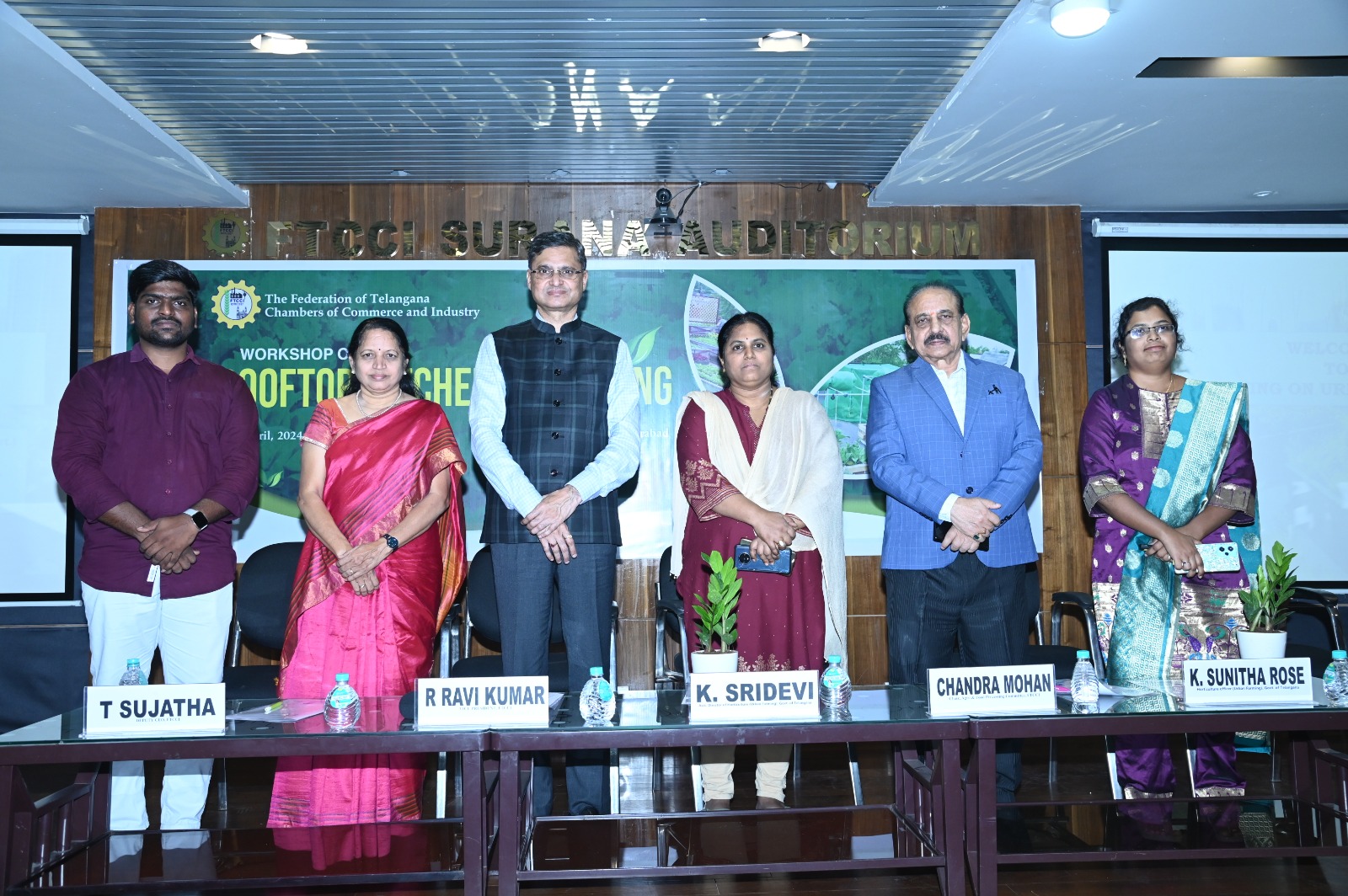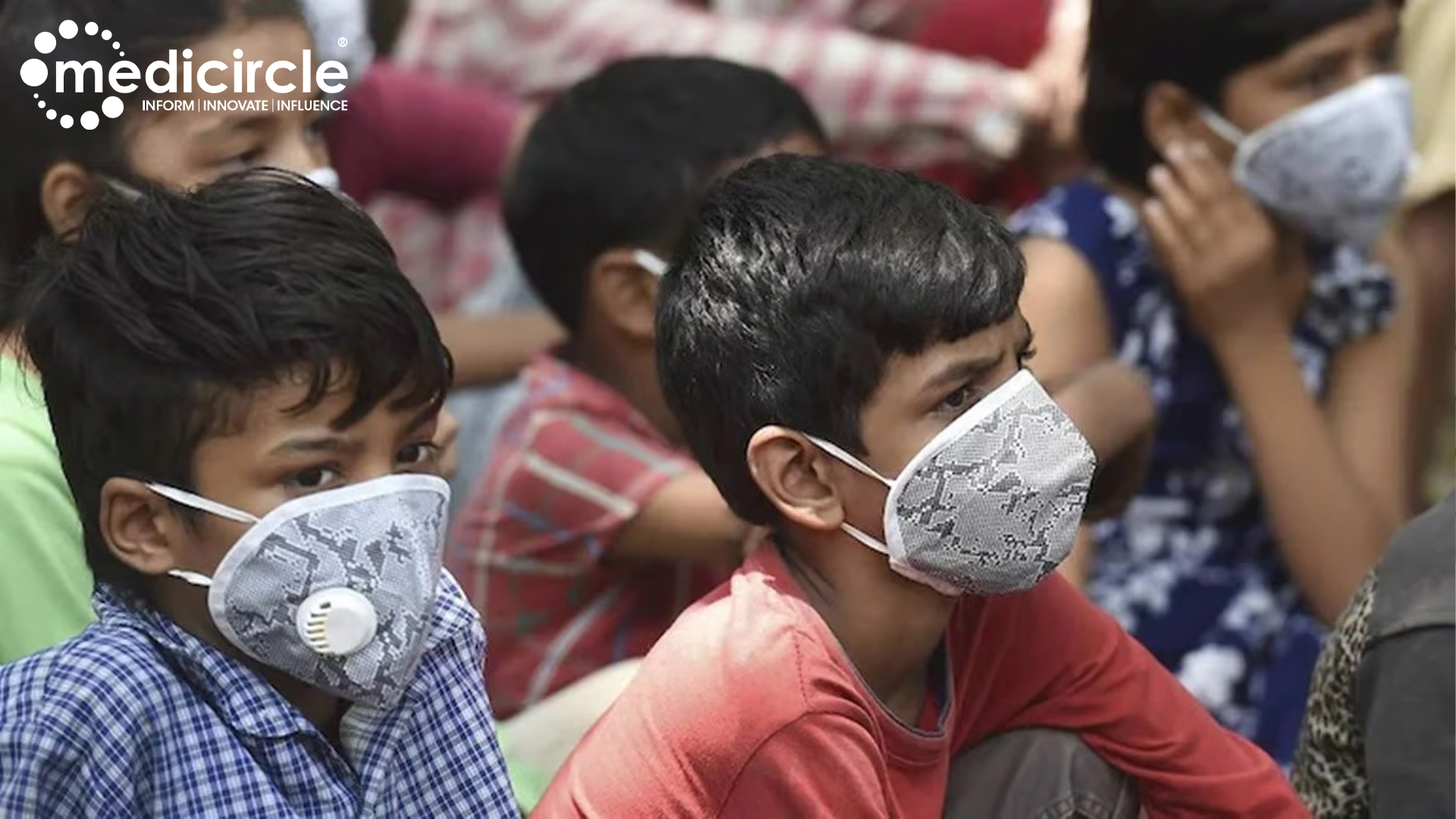ObsEva SA a biopharmaceutical company developing and commercializing novel therapies to improve women’s reproductive health, today announced topline 52-week PRIMROSE 1 and 76-week PRIMROSE 2 results of Yselty, in development for the treatment of women with heavy menstrual bleeding due to uterine fibroids.
The PRIMROSE trials evaluated 100 mg and 200 mg doses with and without ABT. If approved, Yselty will be the only GnRH antagonist addressing the needs of 3 distinct groups of women suffering from uterine fibroids, due to its flexible-dose options:
- 100 mg once daily for women with a contraindication to or who prefer to avoid hormonal add-back therapy (ABT)
- 200 mg once daily with concomitant ABT for long-term use (beyond 6 months)
- 200 mg once daily for short-term use, particularly when a rapid reduction in fibroid and uterine volume is desired.
The Week 52 PRIMROSE 1 results showed that continued treatment with Yselty led to sustained efficacy for the primary endpoint of reduced heavy menstrual bleeding (defined as menstrual blood loss of at least 50% less than baseline and at or below 80 mL). This was seen across all doses of Yselty and was in line with the earlier findings in PRIMROSE 2. The pooled Week 52 results from the two studies showed that at Week 52, 56.4% of women on 100 mg of Yselty met the primary endpoint, and with the higher dose of 200 mg+ABT the responder rate was 89.3%.
“These additional results from our PRIMROSE studies provide further evidence of the potential for Yselty to be a best-in-class, well-differentiated GnRH antagonist with unique low- and high-dose treatment options for the management of uterine fibroids,” said Brian O’Callaghan, CEO of ObsEva. “Having recently announced our filing for approval in Europe and looking ahead to our submission in the U.S. in 1H2021, we eagerly anticipate the opportunity to make Yselty available to the diverse population of women suffering from this debilitating condition.”
Key clinically relevant secondary endpoints including pain reduction as well as improvement in anemia and quality of life were sustained up to the 52-week time point in PRIMROSE 1, as previously observed in PRIMROSE 2. In PRIMROSE 2, following three months off-treatment, pain scores remained lower than baseline in all treatment arms, further supporting the durability of the Yselty treatment effect.
For a significant proportion of women, rapid and substantial shrinkage in uterine and fibroid volume is a primary treatment objective. The 52-week PRIMROSE study results demonstrate that in women initially treated with 200 mg without ABT, uterine and fibroid volume reduction is substantially more marked than with 200 mg+ABT, and introduction of ABT on top of 200 mg after 24 weeks clearly counteracts the GnRH antagonist volume effects. These results support the need for and potential value of a high-dose regimen without ABT; Yselty is the only GnRH antagonist developed with a high-dose, non-ABT option.
PRIMROSE 1 52-week safety results showed a similar incidence of adverse events between placebo and active treatment when treatment is continued beyond week 24. From Week 24 to 52, there was a low occurrence of hot flushes, headaches, and anemia, which were the most frequently observed adverse events (incidence of >5%) up to 24 weeks. Adverse events of interest, including mood-related events, decreased libido, and alopecia, were rare and similar to placebo.
With regard to BMD, in PRIMROSE 1, an incremental decrease in lumbar spine BMD similar to placebo was observed in the 100 mg treatment arm at week 52 compared to week 24, with less change seen in the 200 mg+ABT arm. In addition, median z-scores at 52 weeks showed minimal change compared to baseline in both treatment arms, supporting that women treated with Yselty for up to one year maintain BMD similar to an age-matched reference population. PRIMROSE 2 DXA results at Week 76 showed evidence of BMD recovery for patients treated with both the 100 mg and 200 mg+ABT doses. Of note, PRIMROSE trial participants were not provided with Vitamin D or calcium, co-administration of which is expected in clinical practice to lead to even smaller changes in BMD.
ObsEva recently submitted a Marketing Authorization Application (MAA) for uterine fibroids to the European Medicines Agency (EMA) and anticipates submitting a New Drug Application (NDA) to the U.S. Food and Drug Administration (FDA) in 1H 2021. Additional efficacy and safety data from the clinical trial program will also be submitted for presentation at upcoming scientific conferences.
Yselty® is a registered trademark owned by Kissei for use by ObsEva. Yselty® has not yet approved for use anywhere in the world.
About Linzagolix
Yselty® (linzagolix) is a novel, once-daily, oral GnRH receptor antagonist, with a potentially best-in-class profile. Linzagolix is currently in late-stage clinical development for the treatment of heavy menstrual bleeding associated with uterine fibroids and pain associated with endometriosis. ObsEva licensed linzagolix from Kissei in late 2015 and retains worldwide commercial rights, excluding Asia, for the product. Linzagolix is not currently approved anywhere in the world.
About the Phase 3 PRIMROSE Program in Uterine Fibroids
PRIMROSE 1 & 2 are prospective, randomized, parallel-group, double-blind, placebo‑controlled Phase 3 studies investigating the efficacy and safety of two dosing regimens of Yselty, 100 mg, and 200 mg once daily, alone and in combination with hormonal ABT (1 mg estradiol and 0.5 mg norethisterone acetate) for the treatment of heavy menstrual bleeding associated with uterine fibroids. Women participating in the study did not receive Vitamin D or calcium supplementation. PRIMROSE 1 is being conducted in the United States and enrolled 574 women. PRIMROSE 2 is being conducted in Europe and the United States and enrolled 535 women. Both trials comprised a 52-week treatment period followed by a 6-month post-treatment follow-up period. Week 24 primary endpoint results were announced for PRIMROSE 2 in December 2019. Week 52 results for PRIMROSE 2 and Week 24 results for PRIMROSE 1 were announced in July 2020.
About Uterine Fibroids
Uterine fibroids are common benign tumors of the muscular tissue of the uterus. Uterine fibroids affect women of childbearing age and can vary in size from undetectable to large bulky masses. Few long-term medical treatments are available, and as a result, approximately 300,000 hysterectomies are performed for uterine fibroids every year in the US.
The symptoms of uterine fibroids are wide-ranging and include heavy menstrual bleeding, anemia, pelvic pressure and bloating urinary frequency, and pain that can be extremely debilitating with a significant impact on the quality of life. These symptoms can also have an impact on mental health, creating an additional burden of anxiety and distress.
About ObsEva
ObsEva is a biopharmaceutical company developing and commercializing novel therapies to improve women’s reproductive health and pregnancy. Through strategic in-licensing and disciplined drug development, ObsEva has established a late-stage clinical pipeline with development programs focused on treating endometriosis, uterine fibroids, and preterm labor. ObsEva is listed on the NASDAQ Global Select Market and is trading under the ticker symbol “OBSV” and on the SIX Swiss Exchange where it is trading under the ticker symbol “OBSN”.

 ObsEva, today announced topline 52-week PRIMROSE 1 and 76-week PRIMROSE 2 results of Yselty, in development for the treatment of women with heavy menstrual bleeding due to uterine fibroids.
ObsEva, today announced topline 52-week PRIMROSE 1 and 76-week PRIMROSE 2 results of Yselty, in development for the treatment of women with heavy menstrual bleeding due to uterine fibroids.

































